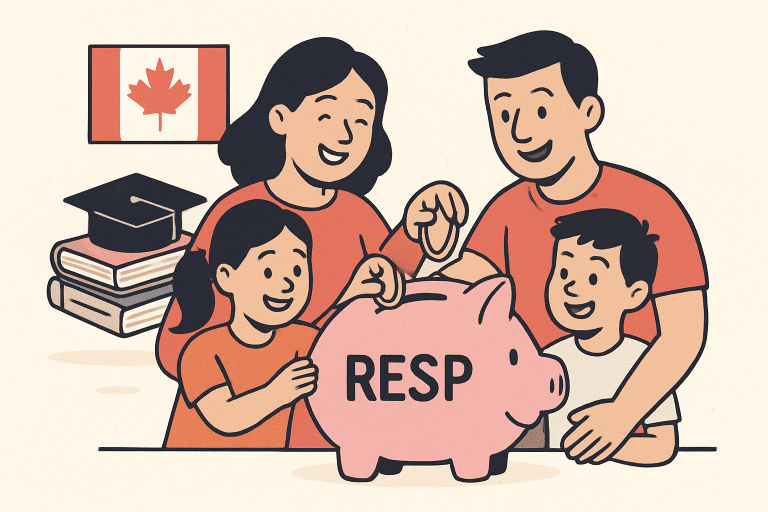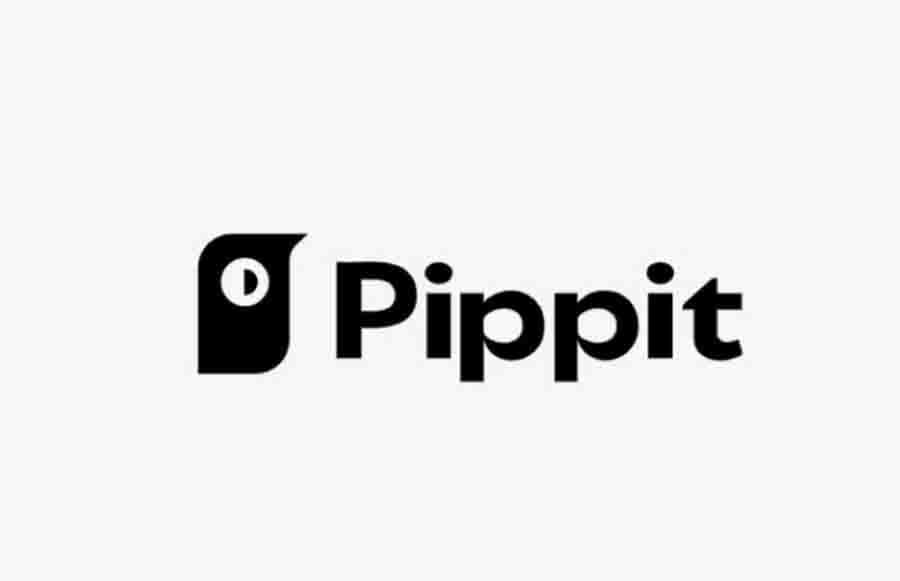Canadian families recognize the value of early planning for their children’s post-secondary education. Registered Education Savings Plans (RESPs) have become a cornerstone for parents seeking to provide a solid financial foundation. Unlike ordinary savings accounts, RESPs offer unique benefits for RESP participants, such as tax advantages, government support, and tailored investment growth opportunities.
Understanding how to leverage RESPs can significantly ease the financial pressures surrounding tuition, living expenses, and other education-related costs. By learning about the details, incentives, and strategies available within these plans, parents can make more informed decisions about their children’s futures. The positive impact of RESPs has been documented repeatedly, making this investment vehicle a practical choice for families across income brackets.
RESPs are more than a savings tool—they are a comprehensive strategy for long-term educational success. By blending personal contributions with government grants and tax-sheltered growth, many families realize that higher education is more attainable than ever before. As education costs rise, the ability to plan can be a defining factor in ensuring children have access to the opportunities they deserve.
Organizations like the Financial Consumer Agency of Canada provide impartial guidance on maximizing RESP benefits for those new to financial planning or seeking in-depth advice. These resources and updated information from authoritative sources ensure parents can make the best choices for their families.
What Is an RESP?
An RESP is a government-registered savings account designed to help Canadian families earn investment income and prepare financially for a child’s future education. Contributions grow tax-free until withdrawal, when the tax is typically paid at the student’s lower tax rate. The RESP account structure makes it easier for relatives and friends to contribute, expanding the circle of support for a child’s academic journey.
RESP plans are widely supported and integral to Canadian families’ financial planning for higher education. According to recent data from Embark, strategic RESP contributions can cover a significant portion of post-secondary costs when paired with grants and sound investments.
Key Benefits of RESPs
- Tax-Deferred Growth: Investments within an RESP benefit from compounding growth, with no tax on earnings until funds are withdrawn for educational purposes.
- Government Grants: RESPs unlock several federal programs, such as the Canada Education Savings Grant (CESG) and the Canada Learning Bond, which provide extra funding to encourage saving for education.
- Flexibility: RESP savings can be used for accredited educational programs, including university, college, trade schools, and apprenticeships. Eligible expenses cover tuition, books, equipment, and even living expenses.
Government Incentives and Grants
The government plays a decisive role in making RESPs attractive for families from all backgrounds. The Canada Education Savings Grant (CESG) offers a 20% match on the first $2,500 contributed per year, per child, up to a maximum of $500 annually and $7,200 over the lifetime of the RESP. Families with more modest incomes may qualify for additional grant money. The Canada Learning Bond, designed for low-income households, provides up to $2,000 in government contributions, even if the family cannot make their own RESP contributions.
These programs can significantly increase the funds available for education, helping more children pursue post-secondary opportunities. The Government of Canada’s official Learning Bond page provides detailed qualification guidelines and grant terms.
Impact of Economic Factors on Education Savings
Economic shifts continue to influence how much Canadian parents can save. Events like trade tensions, inflation, and employment fluctuations affect household budgets and, by extension, RESP contributions. According to a recent CBC News article, nearly half of parents report that broader economic conditions impact their savings ability. The flexibility of RESP plans and their incentives provide some insulation against these challenges, making continued education savings more feasible during uncertain times.
Strategies for Maximizing RESP Benefits
- Start Early: The earlier you begin contributing to your child’s RESP, the more time the investments and government grants have to grow.
- Contribute Regularly: Setting up automated monthly deposits effectively ensures you’re eligible for annual grant maximums and benefit from long-term compounding growth.
- Stay Informed: Follow changes to grant limits, income thresholds for additional support, and shifts in investment options to ensure the best outcomes for your RESP.
Common Misconceptions About RESPs
One widespread belief is that RESPs are only worth it for higher-income families. Government programs like the Canada Learning Bond make RESP savings accessible and valuable for families at all income levels. Another misconception is the restriction on usage; RESP funds can be used for many types of accredited post-secondary education, not just traditional universities.
Real-Life Success Stories
Many Canadian families have seen their children’s educational aspirations realized, largely thanks to RESPs. For example, one family that began contributing $2,500 a year from their child’s birth received the maximum CESG each year, growing their savings substantially over 18 years. When the time came for university, this forward-thinking strategy paid for a significant share of tuition and living expenses, alleviating financial stress and allowing students to focus on their studies.
Conclusion
RESPs are a proven, powerful resource for Canadian families dedicated to building their children’s educational futures. From tax-sheltered growth to government-supplied grants, these plans offer advantages unmatched by ordinary savings accounts. By planning, understanding the evolving economic climate, and maximizing available incentives, parents can help ensure a bright, opportunity-filled future for the next generation.





































